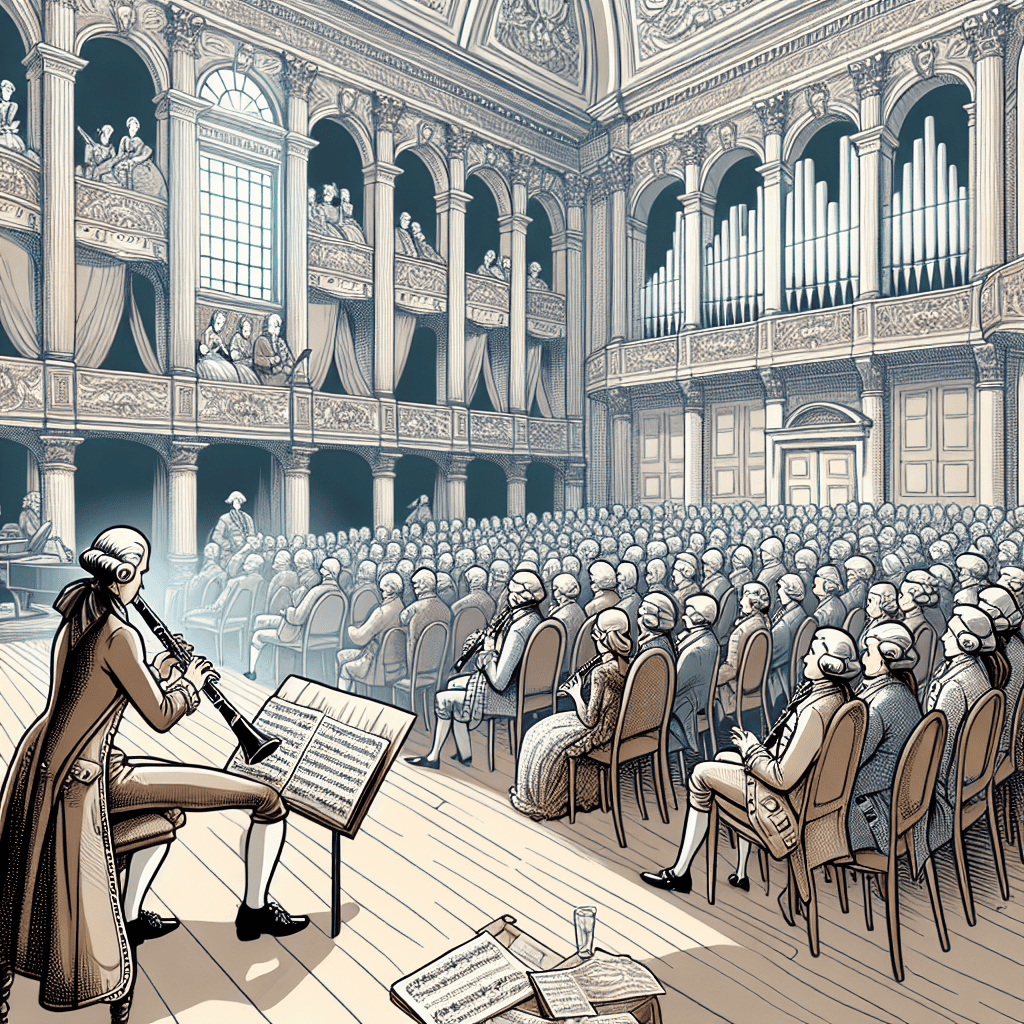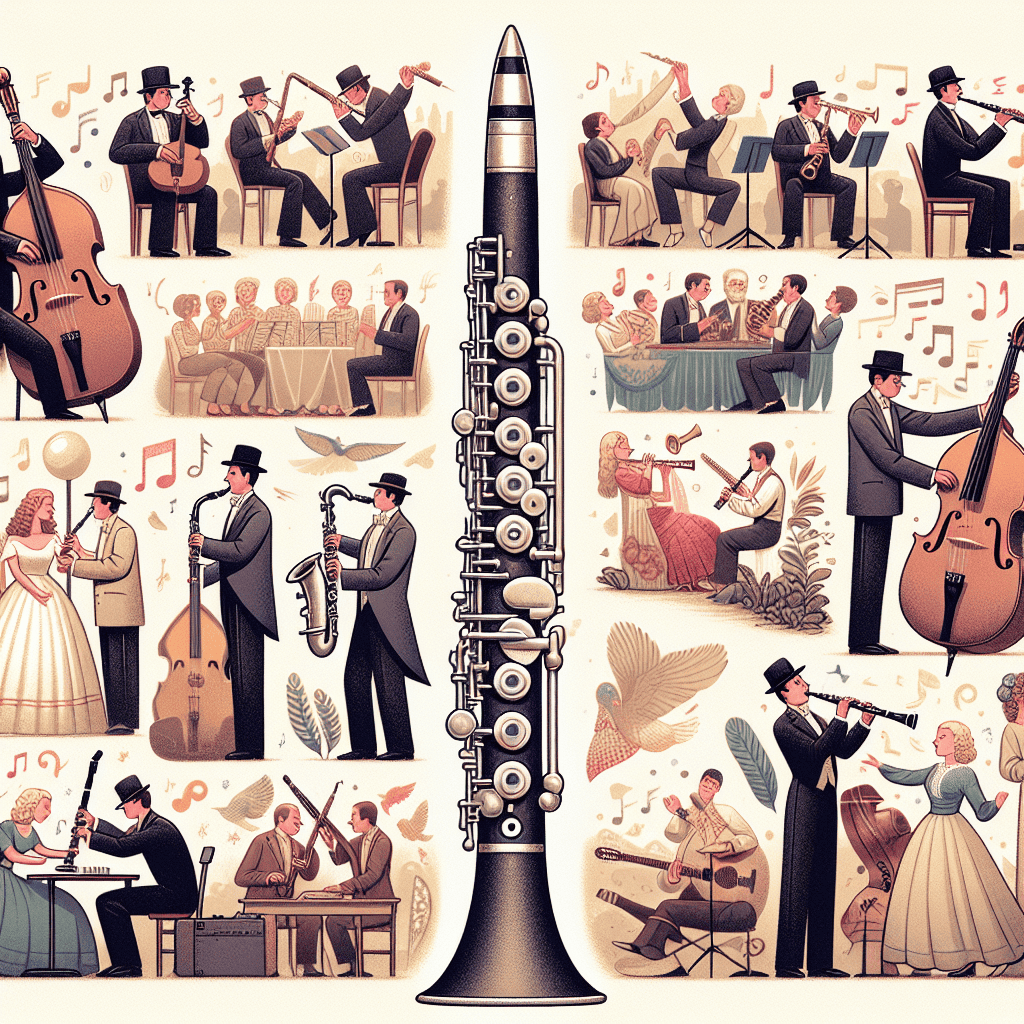The Historical significance of G Harmonic Major Scale on Clarinet music is a fascinating topic that has shaped musical works from classical to modern genres. This unique scale has left an indelible mark on the clarinet, one of the most adaptable woodwind instruments, influencing compositions and performances throughout history.

Clarinet Fingering Charts are always FREE at MartinFreres.net!
Understanding the G Harmonic Major Scale
The G Harmonic Major Scale is composed of the notes G, A, B, C, D, E, and F#. The inclusion of F# as the raised seventh note gives this scale its characteristic sound. This unique combination creates a tension and resolution that many composers and musicians find irresistible.
| Note | Position in Scale | Interval from Root |
|---|---|---|
| G | 1st (Root) | Perfect Unison |
| A | 2nd | Major Second |
| B | 3rd | Major Third |
| C | 4th | Perfect Fourth |
| D | 5th | Perfect Fifth |
| E | 6th | Major Sixth |
| F# | 7th | Major Seventh |
Historical Importance in Clarinet Music
The G Harmonic Major Scale has played a significant role in clarinet music throughout history. Its influence spans various musical genres, but its impact on classical music is particularly notable. Renowned composers like Mozart and Brahms have used this scale to create rich, expressive themes in their works. A prime example is Mozart's clarinet concerto, which showcases the beautiful harmonic possibilities of this scale.
Jazz and Folk Music Influence
For clarinet players, the G Harmonic Major Scale opens up exciting possibilities in jazz and folk music improvisation. The scale's unique qualities add a special touch that jazz soloists often explore, allowing for emotional expression and technical skill to shine. Picture a skilled jazz clarinetist performing a solo, weaving together rapid scales, complex trills, and heartfelt bends, all centered around the G Harmonic Major.
The Martin Freres Connection
The relationship between the G Harmonic Major Scale and Martin Freres clarinets is worth noting. These instruments are renowned for their excellent sound quality and responsiveness, which complement the scale's characteristics beautifully. A properly tuned Martin Freres clarinet enables musicians to effortlessly navigate the scale's range, highlighting the warmth of each note while mastering intricate phrases.
Impact on Contemporary Music
The G Harmonic Major Scale has found its way into modern music, offering a unique sound palette for contemporary compositions. Today's composers are boldly experimenting with this scale, blending it with electronic music and global influences. This creates an exciting musical landscape that attracts new generations of musicians eager to push the boundaries of musical expression.
Practical Tips for Mastering the Scale
If you're new to the G Harmonic Major Scale, here are some helpful exercises:
- Practice playing the scale up and down, focusing on your breath control and finger placement.
- Incorporate dynamics into your practice. Try starting softly and gradually increasing volume as you reach the end of the scale.
- Play along with recordings that feature this scale to improve your timing and articulation.
Conclusion
The historical significance of the G Harmonic Major Scale in clarinet music is extensive and continues to grow. From classical pieces to contemporary jazz improvisations, its appeal is clear. With high-quality instruments like those made by Martin Freres, you can fully appreciate and express the beauty of this scale. So why wait? Start exploring the G Harmonic Major Scale and discover the musical possibilities it offers!
Table of Contents
- Introduction
- Understanding the G Harmonic Major Scale
- Historical Importance in Clarinet Music
- Jazz and Folk Music Influence
- The Martin Freres Connection
- Impact on Contemporary Music
- Practical Tips for Mastering the Scale
- Conclusion








